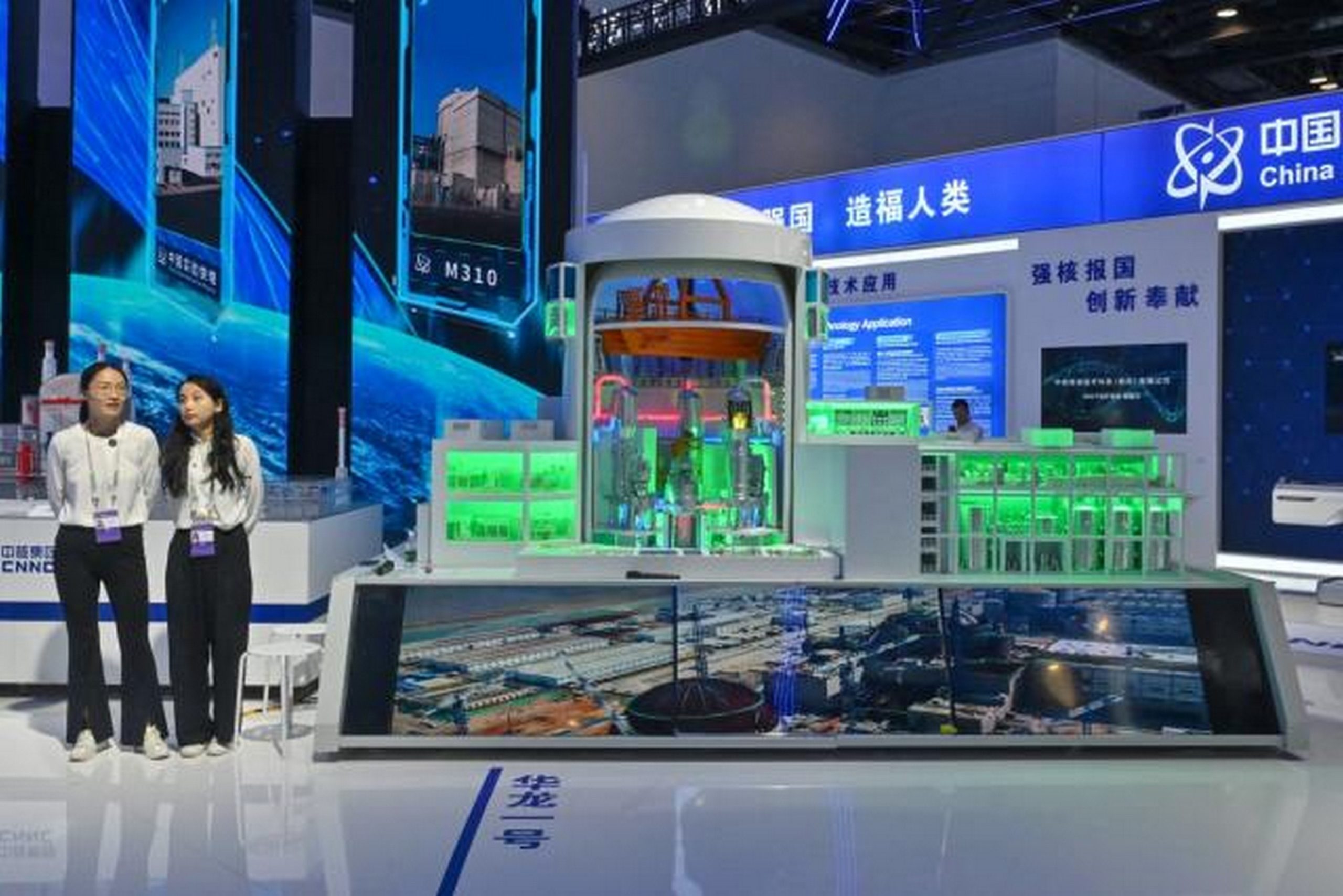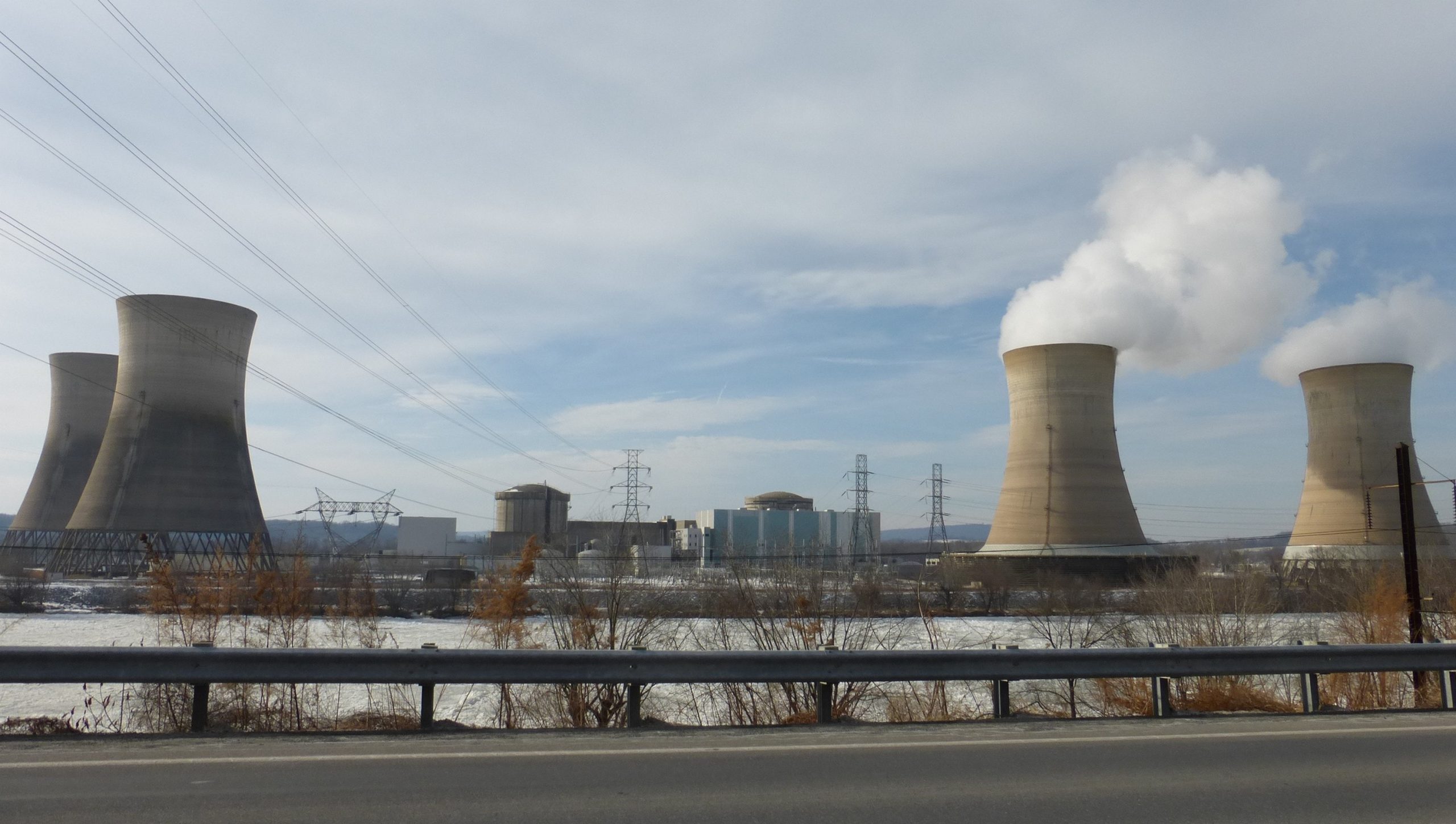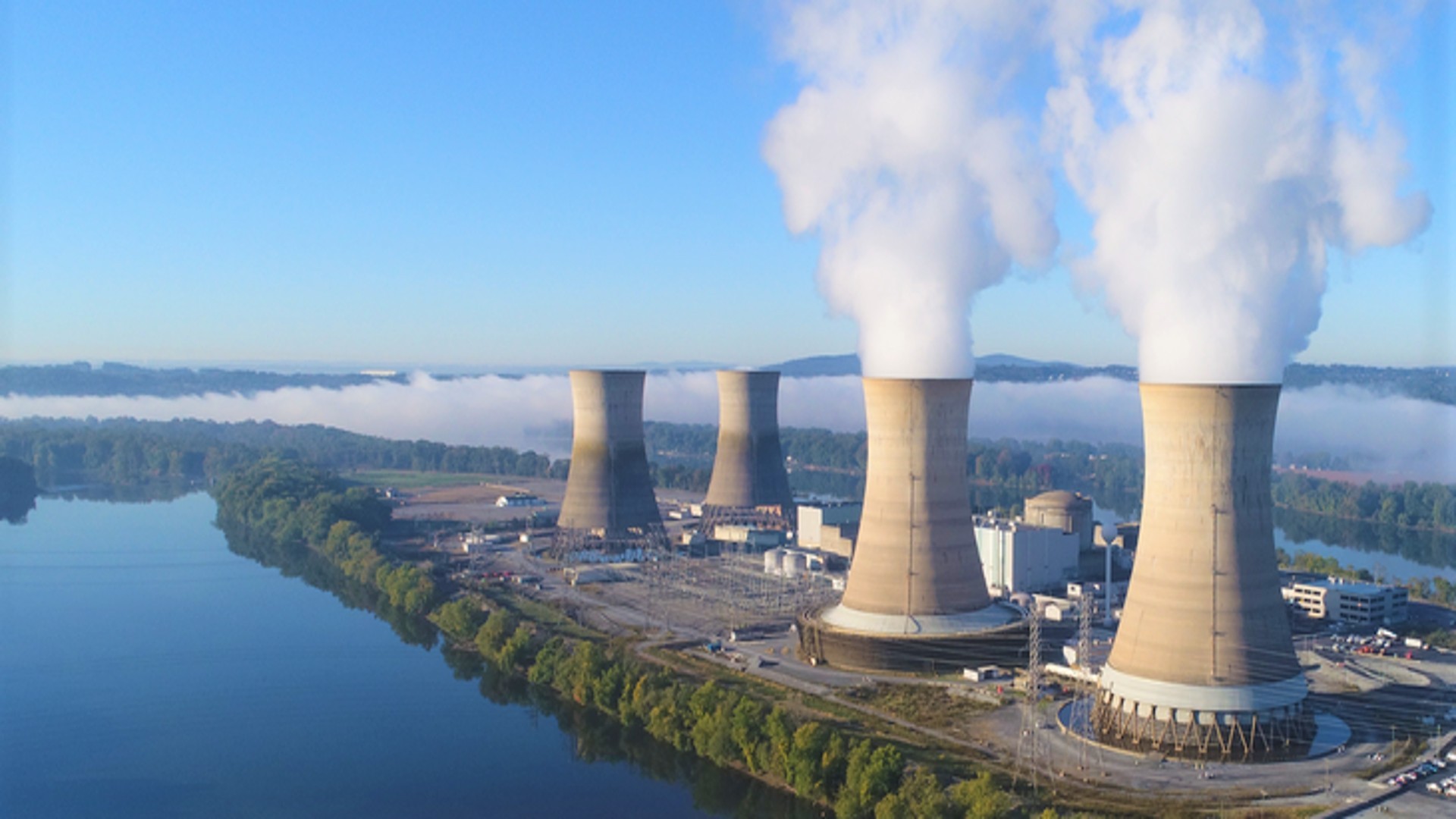The specters of Chornobyl, Three Mile Island, and Fukushima continue to haunt the public perception of nuclear energy. These disasters serve as stark reminders of the catastrophic consequences when nuclear power plants fail.
However, a team of researchers at Tsinghua University in China is striving to redefine the safety standards of nuclear power. Their ambitious project involves the development of a pebble-bed reactor, a radical departure from traditional reactor designs.
Instead of relying on large fuel rods, this innovative reactor utilizes tiny, spherical fuel kernels. These kernels are cooled by super-chilled helium gas, a method that fundamentally eliminates the risk of catastrophic pressure buildups and steam explosions, the root causes of the aforementioned disasters.

Moreover, the reactor is equipped with state-of-the-art computer systems and artificial intelligence to proactively identify and mitigate potential issues before they escalate into crises.
This cutting-edge technology aims to create a nuclear power plant that is truly meltdown-proof, offering a promising pathway for a safer and more sustainable energy future. At the core of these assertions is the reactor’s exceptional tolerance for extreme temperatures, far surpassing the capabilities of traditional fission reactors.
Engineered to withstand heat levels comparable to spacecraft re-entry, the reactor’s core is paired with a hydrogen cooling system designed to automatically curtail the fission process in critical situations.

This combination brings the elusive goal of a meltdown-proof reactor within closer reach. While this innovative design significantly mitigates the risk of catastrophic core failure, it’s essential to recognize that other safety challenges, such as coolant leaks and human error during maintenance, persist.
Nonetheless, the prospect of a reactor physically incapable of melting down has the potential to dramatically shift public opinion in favor of nuclear power. If these claims hold, the pebble-bed reactor could mark a pivotal moment in the evolution of nuclear technology.

